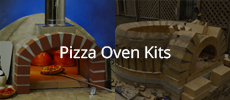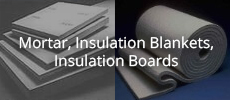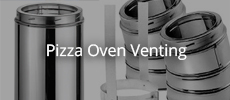Can someone clarify when the best time is to do your drying fires? I was with the understanding that you build and insulate the dome with the blanket and perlcrete, Then let the whole thing sit for a week to cure.
Then start the curing fires, once that is complete, I can stucco and waterproof the dome. I was watching some videos, and some people were starting a fire after the brick is complete, before the blanket.
Which way is recommended? Thank you
Then start the curing fires, once that is complete, I can stucco and waterproof the dome. I was watching some videos, and some people were starting a fire after the brick is complete, before the blanket.
Which way is recommended? Thank you





Comment